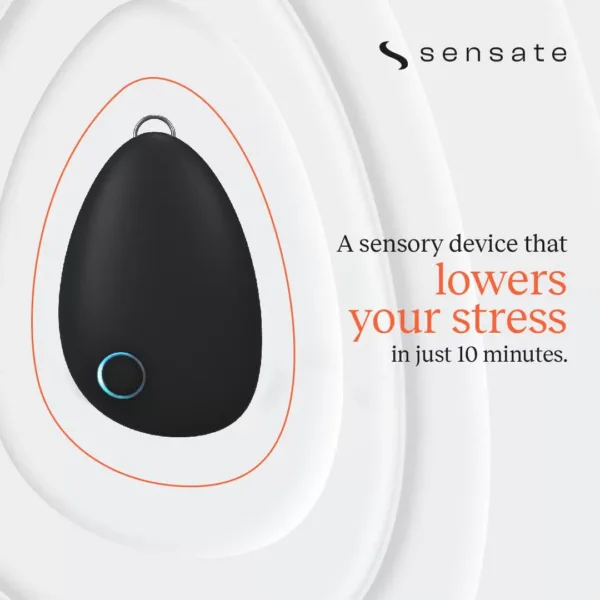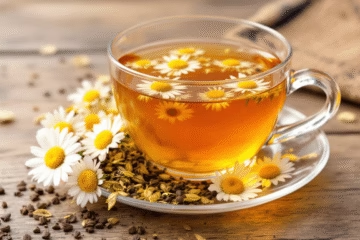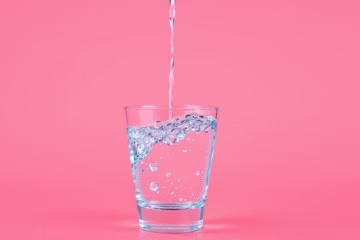Introduction to Relaxation Practices.
In today’s fast-paced world, the significance of relaxation cannot be overstated. With the constant hustle and bustle, stress has become an omnipresent force, negatively impacting both physical and mental health. Chronic stress can lead to a myriad of health issues, including high blood pressure, heart disease, anxiety, and depression. Moreover, the constant state of tension can also weaken the immune system, making the body more susceptible to illnesses.
3 Top Relaxation Practices
To counteract these adverse effects, it is imperative to integrate relaxation practices into our daily routines. Relaxation is an essential component for maintaining overall well-being, and it encompasses a variety of techniques designed to reduce stress and improve mental clarity. These practices offer a sanctuary from the relentless demands of daily life, allowing the mind and body to reset and rejuvenate.
The goal of this blog post is to present a collection of effective relaxation practices that can help readers find balance and tranquility. From mindfulness meditation to progressive muscle relaxation, these techniques are accessible and can be tailored to fit individual needs. By incorporating these relaxation practices, one can cultivate a healthier lifestyle and foster a more resilient mind and body.
As we delve into the specifics of various relaxation practices, it is important to remember that each method has its unique benefits. Whether you are looking to alleviate physical tension, enhance mental clarity, or simply take a moment to breathe, the practices highlighted in this blog post will provide valuable tools to achieve a state of harmony and rejuvenation.
Mindfulness and Meditation
Mindfulness and meditation are ancient practices that date back thousands of years, rooted in various cultures worldwide, particularly in Eastern traditions such as Buddhism and Hinduism. Mindfulness involves paying deliberate attention to the present moment with openness and without judgment, while meditation often emphasizes techniques like focused breathing or mantra repetition to achieve mental clarity and inner peace. Over time, these relaxation practices have evolved and been integrated into modern wellness programs globally.
Incorporating mindfulness and meditation into daily life can yield profound benefits for both mental and physical health. Numerous scientific studies have shown that these practices can significantly improve focus, reduce anxiety, and enhance emotional well-being. For instance, research published in the journal Psychiatry Research has demonstrated that consistent mindfulness meditation can decrease the volume of the amygdala, the brain’s stress-response center, leading to reduced anxiety and improved emotional regulation.
Unlock Your Potential with YOLO DNA Health!
For beginners seeking to explore mindfulness and meditation, several techniques offer an accessible starting point. One fundamental method is mindful breathing, where individuals concentrate fully on the sensation of breath entering and leaving the body, bringing the mind back to this focal point when it wanders. Another effective practice is body scanning, which involves systematically directing attention to different parts of the body and noting any sensations without judgment. Guided meditation apps, such as Headspace and Calm, provide structured sessions led by experienced instructors, designed to support newcomers in cultivating these relaxation practices.
In summary, mindfulness and meditation are powerful tools that can rejuvenate the mind and body, offering a multitude of benefits backed by scientific evidence. By engaging in beginner-friendly techniques like mindful breathing, body scanning, and utilizing guided meditation apps, individuals can gradually integrate these practices into their daily routines and experience the myriad advantages they bring. Embracing mindfulness and meditation not only enhances focus and emotional health but also promotes a more balanced, less stressful life.
Physical Relaxation Techniques
Physical relaxation techniques play a crucial role in alleviating tension and promoting overall well-being. Engaging in specific physical activities helps in reducing stress and fostering a sense of calm through targeted bodily movements. Among the most effective physical relaxation practices are yoga, tai chi, and progressive muscle relaxation. Each of these methods offers unique benefits, contributing to the reduction of physical stress and enhancing mental clarity.
Yoga is a centuries-old practice that combines physical postures, breath control, and meditation. It works by stretching and strengthening muscles, improving flexibility, and encouraging mental focus. Regular yoga practice can relieve bodily tension and foster a sense of peace. Beginners can start with basic poses through online tutorials or attend local classes to learn from certified instructors. Over time, practicing yoga can lead to improved physical health and emotional balance.
Sensate: Unlock Natural Stress Reduction in Just 10 Minutes
Sensate is designed for those seeking complete relaxation and rejuvenation. This innovative product combines mindful practices with advanced technology to help you unwind and reduce stress.
Tai chi, often referred to as “moving meditation,” involves slow, deliberate movements and deep breathing. Originating from ancient China, it is designed to harmonize the mind and body. The gentle, flowy motions of tai chi can significantly lower blood pressure, enhance cardiovascular health, and reduce symptoms of anxiety and depression. People new to tai chi can find introductory videos online or participate in community classes to grasp the fundamental techniques. It is an ideal practice for individuals seeking low-impact exercises to maintain their mental and physical well-being.
Progressive muscle relaxation (PMR) is another effective technique that involves the sequential tensing and relaxing of muscle groups. This practice helps in recognizing and reducing physical tension, promoting a state of muscular relaxation. To get started, one can follow guided PMR sessions available through various mobile apps or video tutorials. By systematically working through different muscle groups, PMR assists in alleviating psychosomatic symptoms and improving sleep quality.
Incorporating these physical relaxation techniques into one’s routine can lead to significant improvements in both physical health and emotional stability. Regular physical activity not only enhances flexibility and strength but also plays a vital role in maintaining a balanced state of mind, thus making physical relaxation an indispensable part of a healthy lifestyle.
Creative and Recreational Activities
Engaging in creative and recreational activities is a powerful way to promote relaxation and alleviate stress. These activities, ranging from journaling and drawing to playing musical instruments, gardening, and dancing, provide opportunities for self-expression and mindfulness, contributing significantly to one’s overall well-being.
Journaling, for instance, allows individuals to reflect on their thoughts and emotions, fostering a sense of clarity and emotional release. The act of writing can be therapeutic, helping to untangle complex feelings and gain new perspectives. Similarly, drawing and other forms of visual art provide a non-verbal outlet for creativity and self-exploration, which can be immensely soothing and fulfilling.
Playing musical instruments offers a dual benefit: it engages the mind while providing a tactile and auditory experience that can be particularly relaxing. Whether it’s strumming a guitar or playing the piano, immersing oneself in music can significantly reduce stress levels and enhance feelings of happiness. Gardening, on the other hand, combines physical activity with the nurturing of plants, creating a serene and rewarding hobby that reconnects individuals with nature.
Unlock Your Potential with YOLO DNA Health!
Dancing, whether in a class or the privacy of one’s home, serves as an excellent way to release endorphins and improve physical fitness while also enjoying the rhythm of music. It is a social activity that can also be enjoyed solo, offering flexibility based on personal preferences.
Incorporating these relaxation practices into daily routines need not be cumbersome. Start by setting aside a designated time each day or week to focus on your chosen activity. For instance, allocate evenings for journaling or weekend mornings for gardening. To stay motivated, try joining clubs or groups that share your interests, or set personal goals to track your progress and growth in a particular craft.
Finding inspiration can be as simple as exploring online resources, visiting local art galleries, or attending workshops. The key is to remain open to new experiences and allow oneself the freedom to experiment and enjoy the process. By regularly engaging in creative and recreational activities, individuals can cultivate a more relaxed, balanced, and fulfilling life.
Body, Mind, And Soul For A Fulfilled Life!




